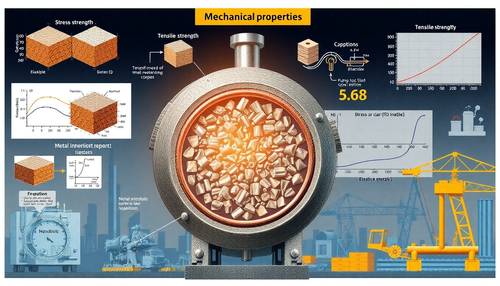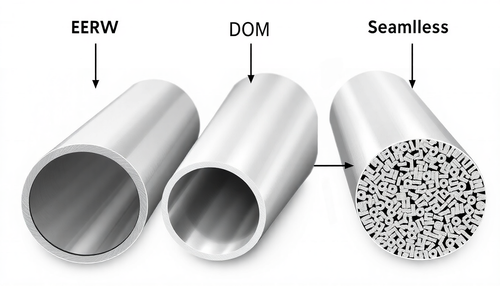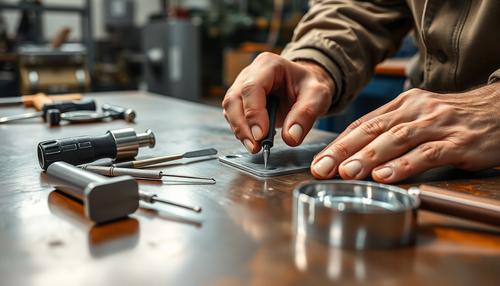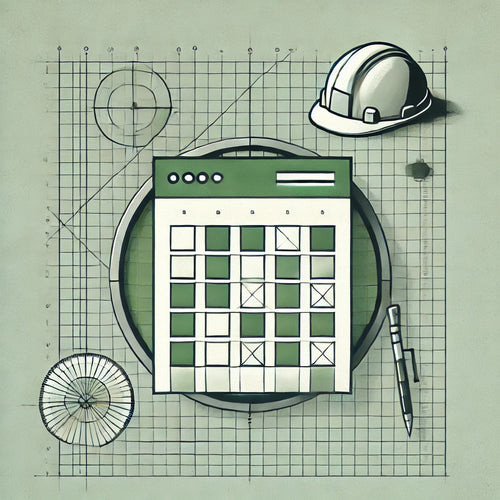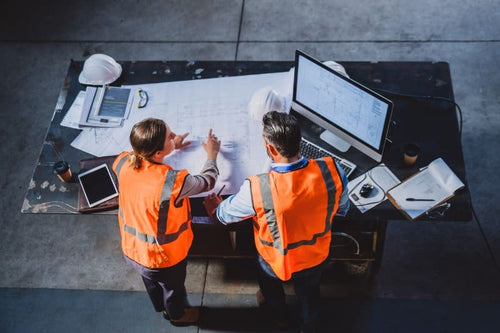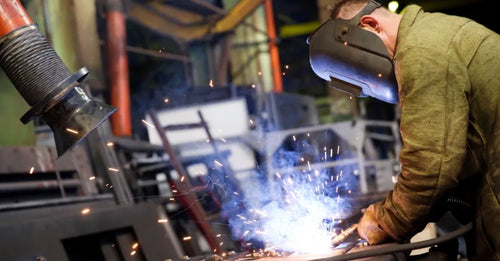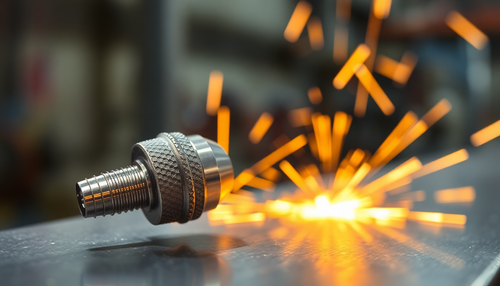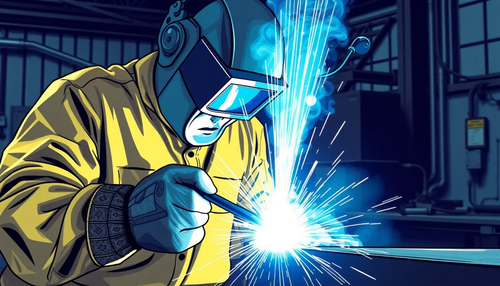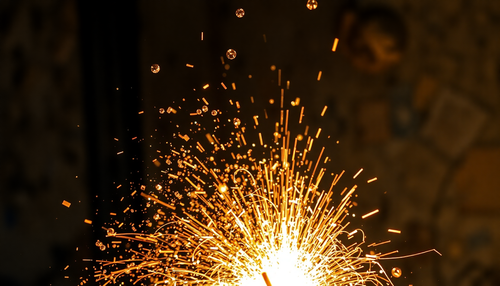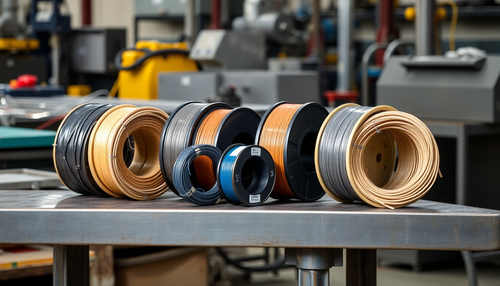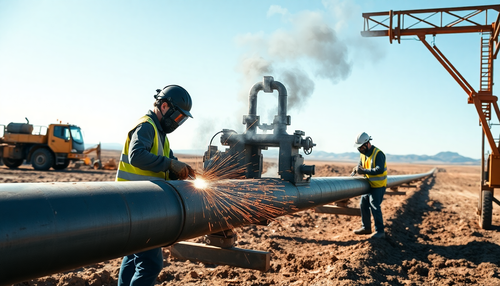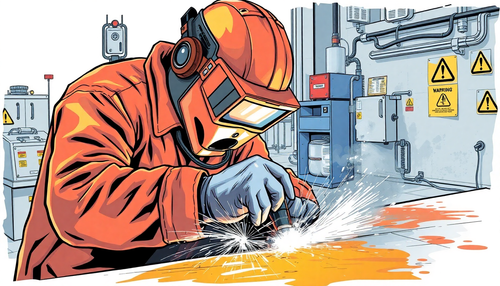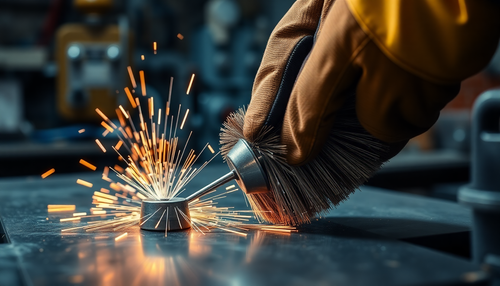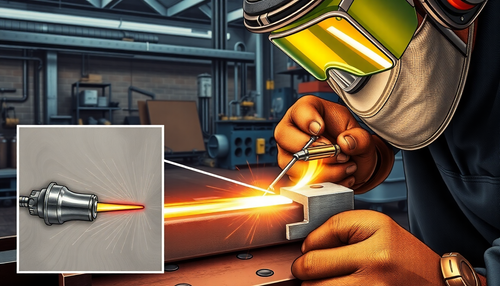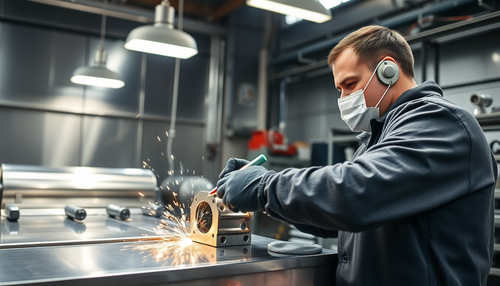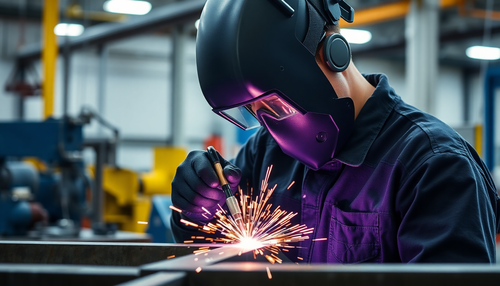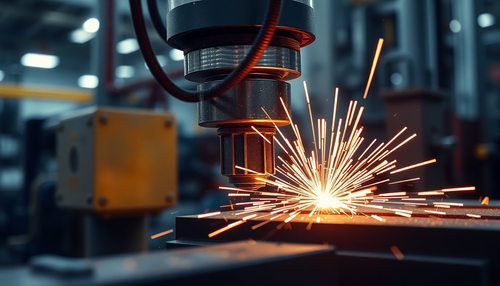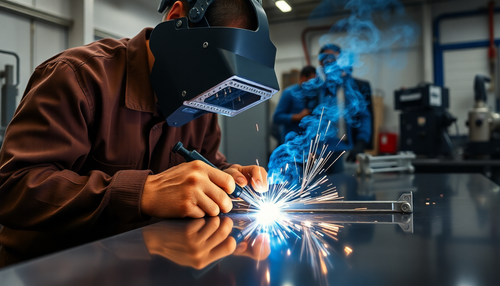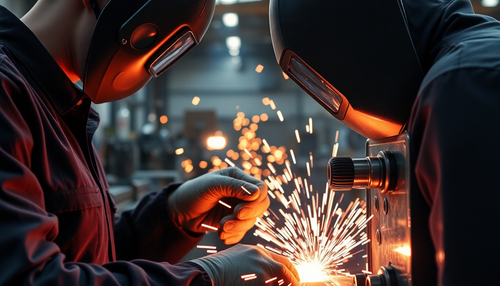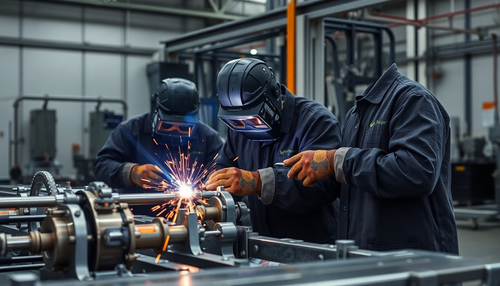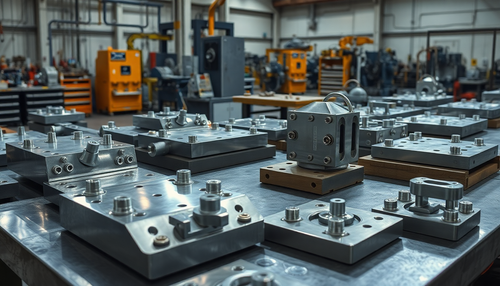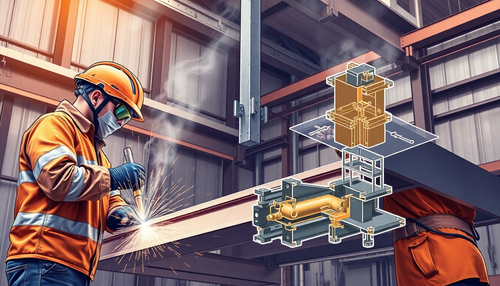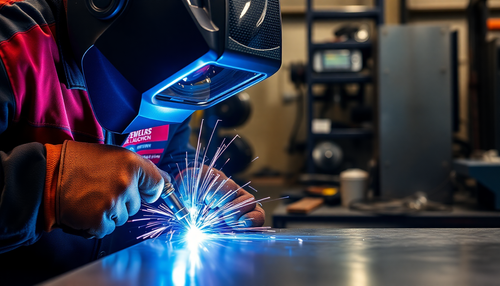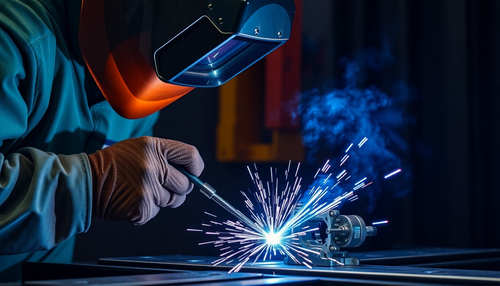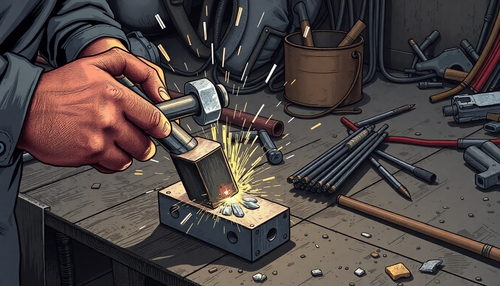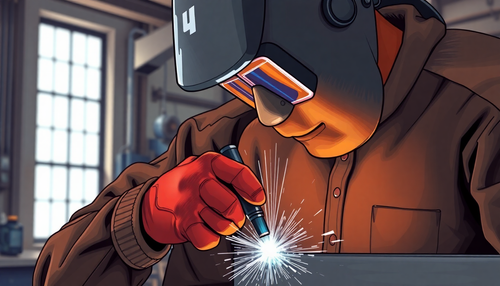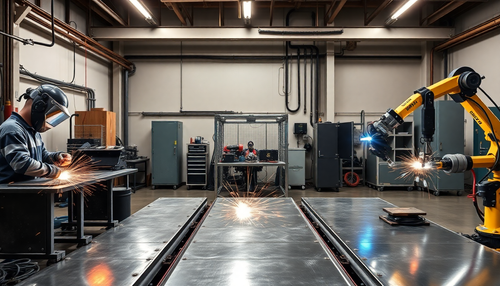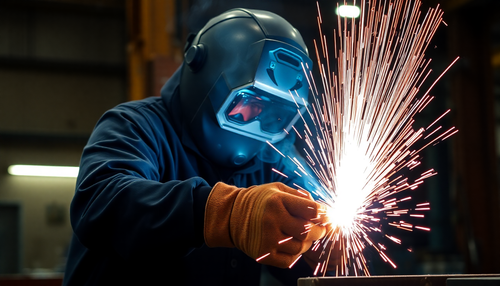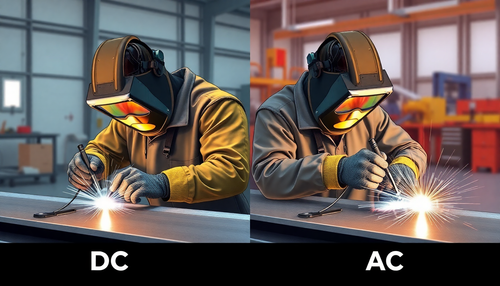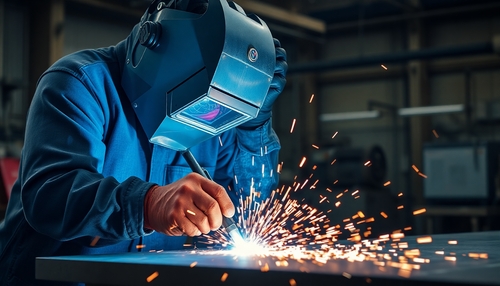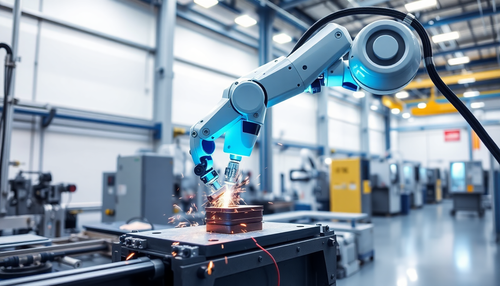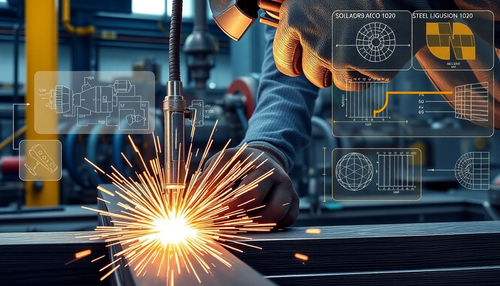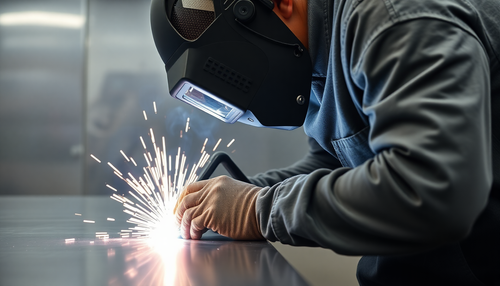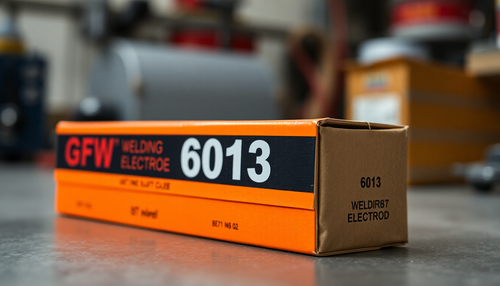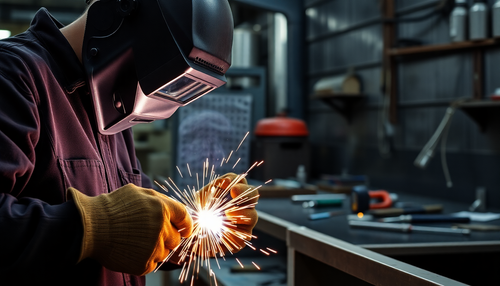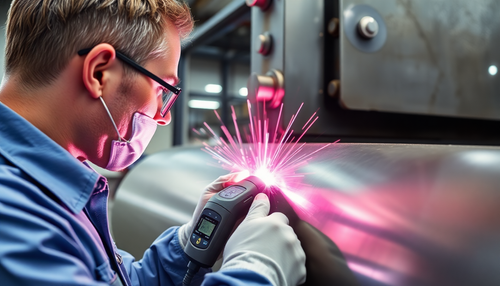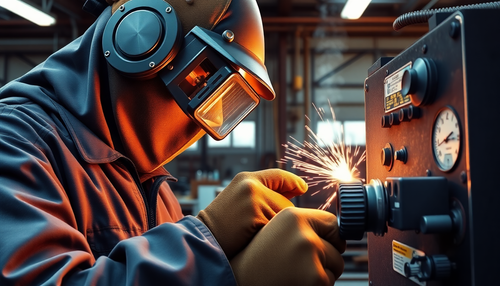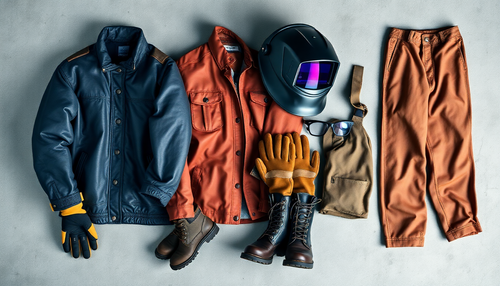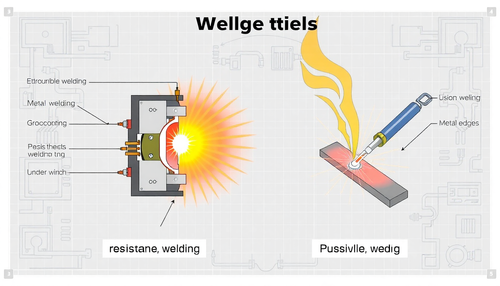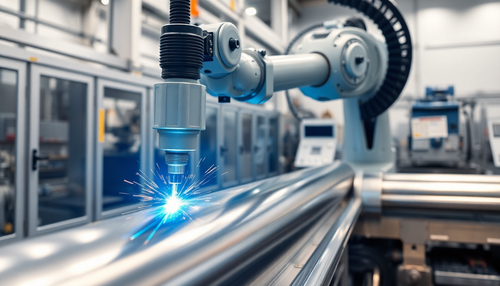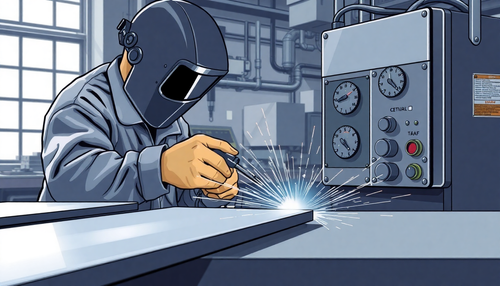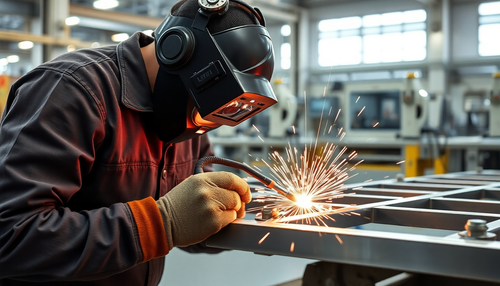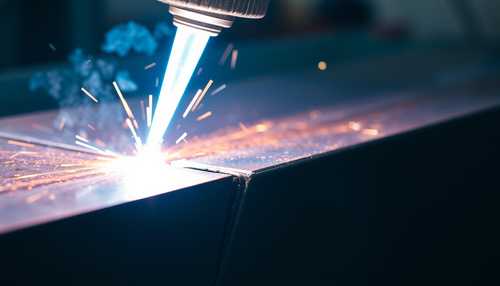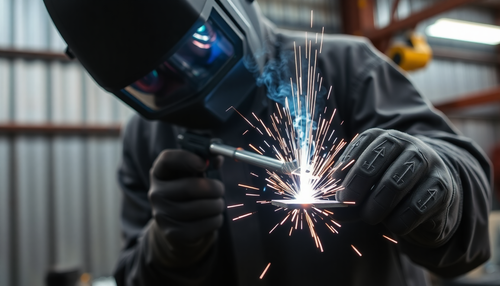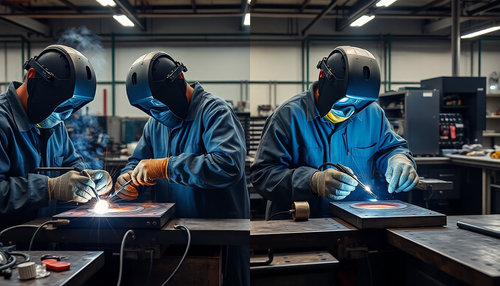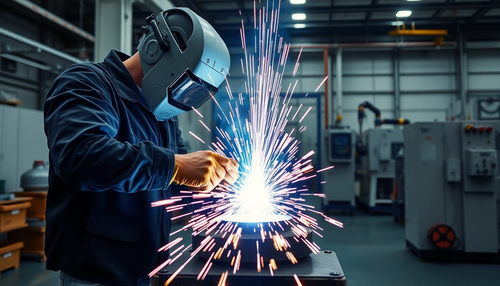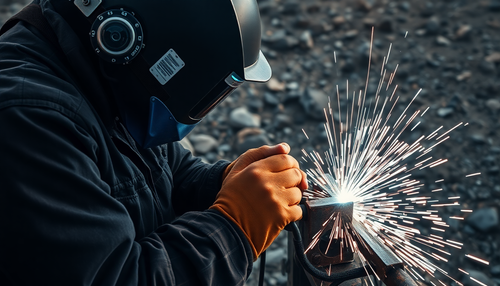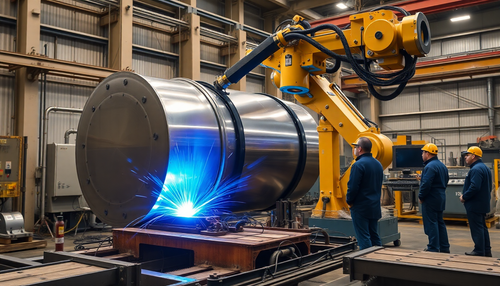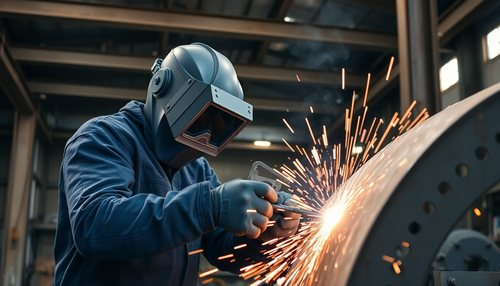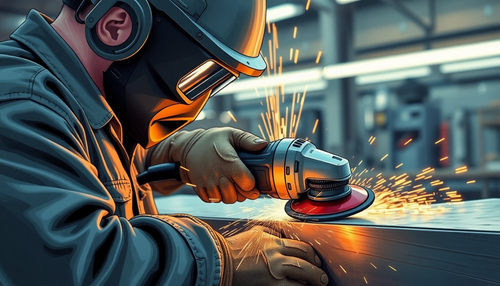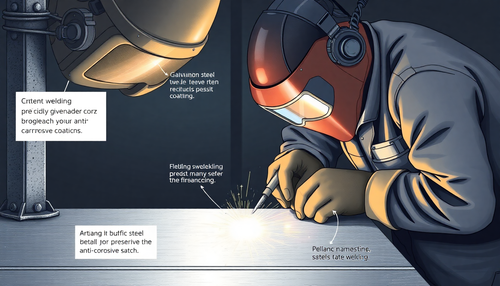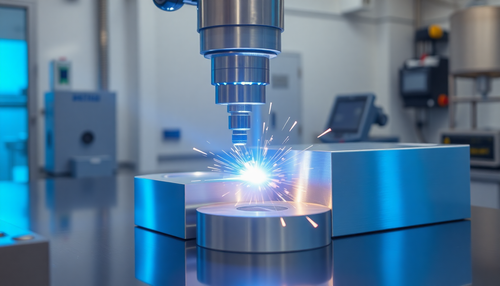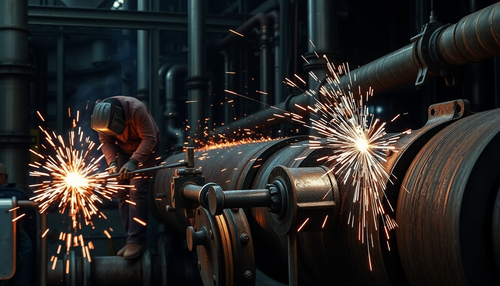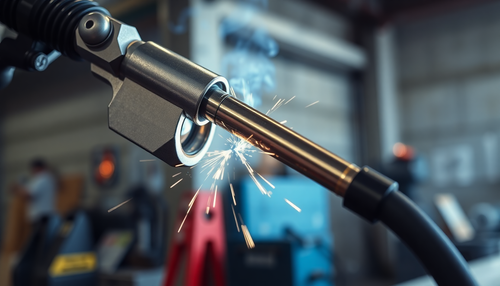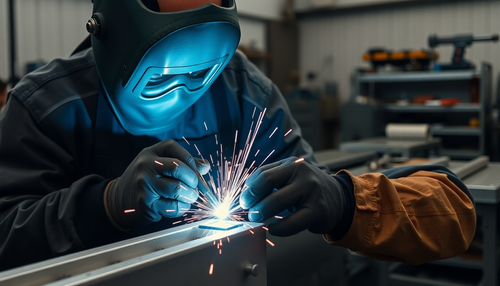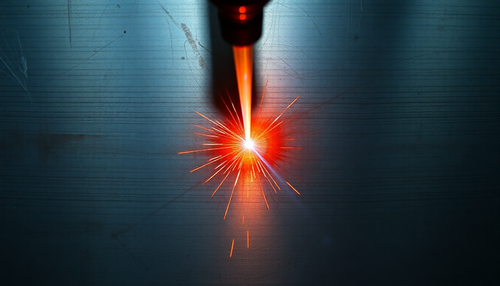
4140 and 4130 steels are two of the most commonly used steel alloys in metallurgy. Both steel variants are high-strength, low-alloy steels with excellent toughness and wear resistance. However, they differ in composition, properties and applications.
Therefore, this article examines the differences between 4140 and 4130 steel grades. It also highlights their properties, applications, and important considerations when selecting the appropriate steel grade. Let's get started right away.
What is 4140 alloy steel?
4140 steel is a versatile low alloy that contains chromium, phosphorus, sulfur, molybdenum and manganese. Its relatively high carbon content allows hardenability and heat treatment to achieve a wide range of strength levels. Additionally, 4140 steel offers excellent toughness, wear resistance and fatigue resistance, making it a popular choice for applications requiring high-performance materials. This includes axles, axles, gears and hydraulic parts.

Properties of 4140 Steel
4140 steel is used in various CNC steel machining and sheet metal processing applications because the elements combine to give it unique properties. Below are some important properties of 4140 steel:
High tensile and fatigue strength
4140 steel has high tensile and fatigue strength, making it suitable for heavy-duty applications such as crankshafts, gears and axles.
Excellent hardness and toughness
4140 steel can be heat treated to achieve high hardness levels of up to 58 HRC, making it ideal for a variety of applications. Furthermore, 4140 steel has good toughness and impact resistance, which allows it to withstand high loads without breaking or cracking.
Good corrosion resistance
4140 steel has good corrosion resistance, especially when compared to other steel alloys. This makes it a suitable material choice for components that are frequently exposed to harsh environments. However, keep in mind that 4140 is not as corrosion resistant as stainless steel.
Machinability
4140 steel is relatively easy to machine, especially when annealed. However, if it is hardened, it becomes difficult for the machine.
What is 4130 alloy steel?
4130 steel is also a low alloy steel. This type of steel contains a relatively low carbon content, in addition to other elements such as chromium, sulfur, silicon, molybdenum, manganese and phosphorus. The combination of these elements gives 4130 steel unique properties, including high strength and toughness, as well as excellent resistance to fatigue and corrosion. Therefore, it is used in the production of various aerospace components and other highly stressed components.

Properties of 4130 Steel
Due to its properties, 4130 steel is suitable for various manufacturing processes. Below are the main properties of 4130 steel:
Hardness and tensile strength
Just like 4140 steel, 4130 steel offers excellent hardness and tensile strength, making it suitable for heavy-duty applications. 4130 steel has a higher strength-to-weight ratio than carbon steel. This makes it ideal for manufacturing projects where weight is critical.
elasticity
4130 steel has high elasticity with a yield strength of up to 460 MPa. This means that the material can withstand significantly high loads and return to its original shape or texture.
Ductility
4130 steel exhibits excellent ductility, especially in the annealed condition. Therefore, the steel variant can be easily made into wires.
High resistance to corrosion and temperature
4130 steel also has superior corrosion resistance and can withstand high temperatures without losing its shape or integrity.
Differences between 4130 and 4140 steel
Alloy steels are available in different grades, each with unique properties and characteristics that make them suitable for specific applications. Two such steel types that are often compared are 4140 steel and 4130 steel.

These types of steel are low-alloy steels, often used in various industries due to their high strength and toughness. However, there are some important differences between these two types of steel. Let’s look at the differences below:
1. Composition
As with 1018 and 4140 steel, the main difference between 4140 steel and 4130 steel is their chemical composition. Check out the chemical composition of the two types of steel below:
The chemical composition of 4140 steel is as follows:
- Carbon: 0.38% – 0.43%
- Chromium: 0.8% – 1.1%
- Manganese: 0.75% – 1.0%
- Phosphorus: 0.035% (max.)
- Sulfur: 0.040% (max.)
- Silicon: 0.15% – 0.35%
- Molybdenum: 0.15% – 0.25%
On the other hand, the chemical composition of 4130 steel includes the following:
- Carbon: 0.28% – 0.33%
- Chromium: 0.8% – 1.1%
- Manganese: 0.40% – 0.60%
- Phosphorus: 0.035% (max.)
- Sulfur: 0.040% (max.)
- Silicon: 0.15% – 0.35%
- Molybdenum: 0.15% – 0.25%
As you can see from the chemical composition highlighted above, 4140 steel contains more carbon and manganese than 4130 steel. However, both steel materials are alloyed with similar amounts of chromium, sulfur, silicon, and molybdenum, which contribute to the its strength and corrosion resistance.
2. Heat treatment
Both 4140 and 4130 steel can be heat treated to improve their properties, but different heat treatment processes are required to achieve the desired properties. 4140 steel is quenched and tempered to achieve high strength and toughness.
When hardened, 4140 steel reaches a temperature of 1,600°F to 1,650°F before being quenched in oil or water to reach a Rockwell hardness of 40-45 HRC. After hardening, the steel is tempered at a temperature of 500°F to 600°F to increase its toughness while maintaining its hardness.
On the other hand, 4130 steel is typically normalized and tempered to achieve similar properties. During normalizing, 4130 steel is heated to a temperature of approximately 1,600°F to 1,700°F before being air cooled. This helps improve your strength and endurance.

3. Mechanical properties
The mechanical properties of 4140 and 4130 steels vary depending on heat treatment and intended application. Check out the differences in mechanical properties between these types of steel below:
3.1 Strength and tenacity
4140 steel has higher tensile strength and yield strength than 4130 steel and is therefore suitable for highly stressed components. The tensile strength of 4140 steel ranges from 655 to 979 MPa, while the yield strength is around 415 MPa. The hardness of 4140 steel ranges from 28 to 32 HRC when hardened and tempered. However, when annealed it has a lower hardness, around 17 HRC.
4130 steel, on the other hand, has lower tensile strength and yield strength than 4140 steel, but greater ductility and toughness. The tensile strength of 4130 steel is between 560 and 725 MPa, while the yield strength is around 460 MPa. The hardness of 4130 steel is between 15 and 23 HRC.
3.2 Machinability
4130 steel is easier to machine than 4140 steel due to its lower carbon content. Experts often use several traditional methods such as drilling, milling, and turning to machine 4130 steel without the risk of overheating or work hardening. 4140 steel, on the other hand, requires more careful machining procedures to prevent cracking.
3.3 Weldability
One of the biggest advantages of 4130 steel is its weldability. Due to its lower carbon content, this steel is more weldable than 4140 steel. 4130 is suitable for welding with all standard processes such as: B. Tungsten inert gas welding (GTAW) or metal inert gas welding (GMAW).
4140 steel, on the other hand, requires preheating and multiple post-weld treatments to ensure that the welds in the steel are strong, durable, and free from defects.
4. Usage
4140 and 4130 steels are widely used for many purposes in various industries. However, 4140 steel is often preferred for applications that require more extreme conditions or higher stress levels because it is slightly stronger and more durable than 4130 steel.
4130 Steel vs. 4140: how to choose the right one?
Both 4140 and 4130 steel offer excellent strength and toughness, but differ in their intrinsic properties. Therefore, it is necessary to understand the characteristics of both variants to choose the steel material suitable for your project, especially based on the comparison between 4140 steel and 4130 steel. Here are some tips to help you make the right choice between both:
1. Compare the chemical composition of both steels
The chemical compositions of 4140 and 4130 steels differ in the amounts of carbon, manganese, chromium, silicon, sulfur and molybdenum. Compare the chemical compositions of both steel alloys to determine which is best suited to your application needs.
2. Evaluate the mechanical properties of both types of steel
If your application requires high strength and hardness, 4140 steel may be a better choice. Its higher carbon and manganese content and ability to be hardened and tempered make it ideal for high-stress part applications.
If your application requires lower strength and greater ductility, 4130 steel is the best choice. Therefore, compare the tensile strength, yield strength, and hardness of both steels to determine which is best for your specific application.

3. Determine machinability requirements
If your application requires good machinability, 4130 steel is an excellent choice. Because its lower shear stress resistance means faster chip removal and lower cutting forces when machining complex shapes.
However, if your application requires high-strength, difficult-to-machine components, you should choose 4140 steel. 4140 steel requires slower chip evacuation and higher forces, making it more demanding on the machine. You should also check the suitability of your steel material for metal laser engraving before choosing.
4. Confirm heat treatment requirements
Both 4140 and 4130 steel can be heat treated to achieve desired properties, but require different heat treatment processes. Therefore, if your application requires a specific heat treatment process, this may influence steel selection.
For this reason, you must determine the heat treatment requirements of your application and compare them to the heat treatment capabilities of both types of steel before making a selection.
5. Consider the costs
The cost of 4130 and 4140 steel can vary depending on several factors. This includes the supplier, the quantity of steel required, the exact type of steel and the specific requirements of your application.
Therefore, compare the cost of both steel sheets to determine which offers the best value for money for your specific application. In general, 4140 steel is slightly more expensive than 4130 steel due to its higher strength and hardness.
4140 and 4130 Steel Applications
Due to their properties, 4140 and 4130 steels are used in various industrial applications. Check it out below:

1. Automotive industry
4140 steel is used in the automotive industry to produce important components such as connecting rods, crankshafts and gears. Additionally, 4130 steel is used in the manufacture of racing car chassis, roll cages and suspension components due to its high strength and fatigue resistance.
2. Construction industry
The construction industry also uses 4140 steel for buildings and bridge components that require high strength and durability.
3. Aerospace industry
4140 and 4130 steels are used in the aerospace industry to produce aircraft parts such as landing gear components, wings, aircraft wings, engine parts and other structural parts.
4. Structural tubes
4130 steel is used in the manufacture of bicycle frames, motorcycle frames, sports equipment and other structural tube applications due to its high strength-to-weight ratio and good weldability.
WayKen offers high-quality 4140 and 4130 steel machining services
Steel machining is probably one of the most widely used machining processes in many industries today. Many industries use different types of steel for different manufacturing purposes. However, some people have difficulty choosing a type of steel for a project due to conflicting properties.

Concluding
4140 and 4130 steels are low-alloy steel types with excellent strength, toughness and corrosion resistance. Therefore, they are still used today in many industries for various manufacturing purposes. Although 4140 and 4130 share some similarities, there are also some key differences between these two types of steel. Understanding the properties and differences between these types of steel remains the best step in choosing the right steel for your manufacturing project.
Common questions
Which type of steel is better, 4140 or 4130 steel?
Which steel is best depends on the specific application and the requirements of that application. Ultimately, consultation with a materials engineer or parts manufacturer is essential in determining the best type of steel for a specific application.
Will 4140 steel rust?
4140 steel, which contains nickel, chromium and molybdenum, increases passivation and thus improves corrosion resistance. Therefore, this steel remains suitable for manufacturing parts subjected to severe corrosive conditions.


